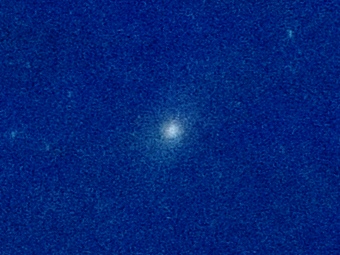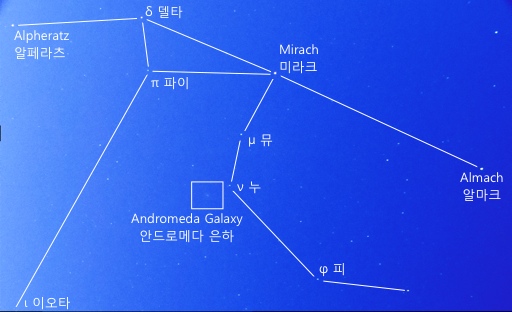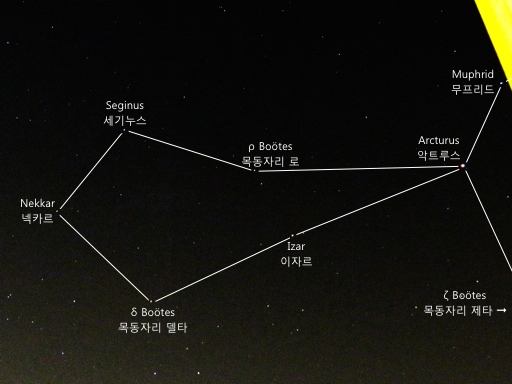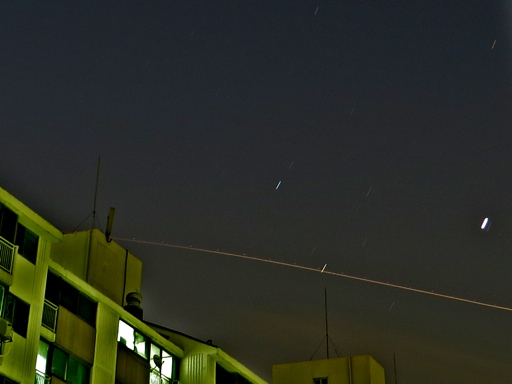The $45 telescope
Posted by Wesley on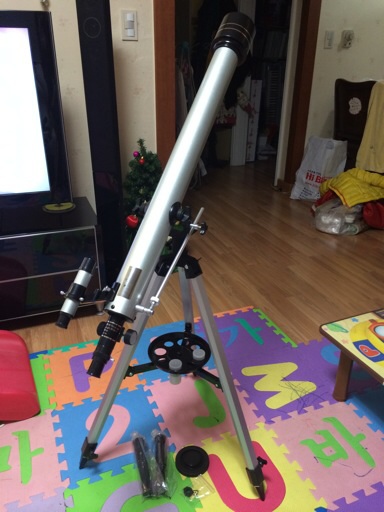
Cheap and huge - The "High-Quality Educational" Telescope
While browsing on a shopping site, a telescope that costs only about US$45 including shipping caught my eyes. It was named simply as a "high-quality educational telescope", with the model number 90060, indicating 900mm focal length and 60mm diameter. It comes with a 5x finder scope, 20mm / 12.5mm / 4mm eyepieces, a moon filter, and two barlow lenses (1.5x erecting and 3x). Getting curious, I had to order one.
I did not expect much from such a cheap telescope, but having a ridiculously long focal length had some interesting results. One, the overall construction is taller than me. It's a pretty big thing. Another thing is that, even with a modest 20mm eyepiece, the Moon fills the entire view, since you get 45x magnification.
The Jupiter and its Galilean moons were brightly visible with the telescope. I could make out the bands on the planet, but it was actually too bright to clearly distinguish them. 4mm eyepiece was hard to use because the telescope was light and rather shaky. 12.5mm one seem to yield a good balance with the default setup. I should try to add some weight at the base.

